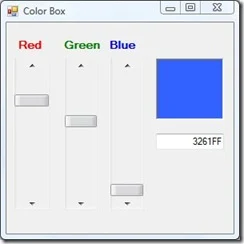I’ve been taking a short blogging break this week. Frankly I’m just flat out with other work lately. Yesterday was meetings and preparation for a talk I gave today at Nashua Community College. I had a great time there because both before and after the talk I had a chance to talk to students in a casual environment. And well yes there was pizza too. One of the questions that often comes up when I talk to students, and a lot of adults as well, is what is it like to work at Microsoft? My work situation is a little less common than most but not as unusual as you might expect. Microsoft has a lot of people who work remotely where remote means from their own homes.
But most Microsoft people work in more traditional offices. These offices are literally all over the world and Microsoft has offices in a lot more places in the US than most people think. But the largest share of Microsoft employees work in the Seattle Washington area. Calling some of those buildings traditional may actually be a bit of a stretch though. Recently the Amazing Max (Agent 008) filmed a video tour of various buildings and campuses that Microsoft has in the Seattle area. Sure it is a recruiting sort of video but it really gives a view into what the Microsoft campus is like. I’ve been to most of the buildings Max tours and what he shows is how it is.
Check it out. I found it interesting, entertaining and informative. If you want to know what office conditions are like at Microsoft look here.
